

Role of Livestock in Human Health, Food & Nutrition
 Posted by SLN Staff on Dec 14th, 2014 | Comments Off on Role of Livestock in Human Health, Food & Nutrition
Posted by SLN Staff on Dec 14th, 2014 | Comments Off on Role of Livestock in Human Health, Food & Nutrition 
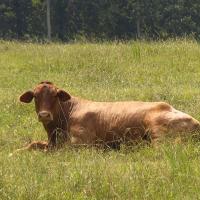 A wide variety of food that we eat every day, is derived from livestock. Think about the toast and omelet or milk and cereals you had this morning, even the creamed in your coffee or the cheese in your hamburger. We get various types of food in our diet that come from livestock no matter what food group you are thinking of. Livestock and fish provide us with essential nutrients like protein,...
A wide variety of food that we eat every day, is derived from livestock. Think about the toast and omelet or milk and cereals you had this morning, even the creamed in your coffee or the cheese in your hamburger. We get various types of food in our diet that come from livestock no matter what food group you are thinking of. Livestock and fish provide us with essential nutrients like protein,...

An Overview of Alpaca Diet, Nutrition & Care
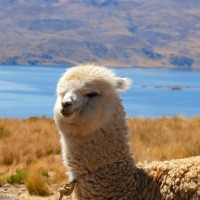 Alpacas are magnificent animals. They are small, very easy to keep and costs are low to maintain. Alpaca farming and breeding can be profitable; their fleece makes strong and valuable fiber around the world and it’s used for various purposes, such as in the textile industries, for making hats, mittens, teddy bears, and even for making insulation for homes. Alpacas can be raised commercially in a...
Alpacas are magnificent animals. They are small, very easy to keep and costs are low to maintain. Alpaca farming and breeding can be profitable; their fleece makes strong and valuable fiber around the world and it’s used for various purposes, such as in the textile industries, for making hats, mittens, teddy bears, and even for making insulation for homes. Alpacas can be raised commercially in a...

Reduce Winter Stress & Increase Farm Production
 Posted by SLN Staff on Nov 24th, 2014 | Comments Off on Reduce Winter Stress & Increase Farm Production
Posted by SLN Staff on Nov 24th, 2014 | Comments Off on Reduce Winter Stress & Increase Farm Production 
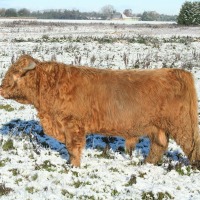 Winter has arrived early this year in the United States. Snow and frigid temperatures may cause animals to become stressed and also influence farm production. Cold weather may also give rise to health concerns for animals and so it may increase the risk of losses and healthcare costs for farmers. During the winter, you should take a few precautionary measures that we have already discussed in...
Winter has arrived early this year in the United States. Snow and frigid temperatures may cause animals to become stressed and also influence farm production. Cold weather may also give rise to health concerns for animals and so it may increase the risk of losses and healthcare costs for farmers. During the winter, you should take a few precautionary measures that we have already discussed in...

Leading Cattle in Pasture & Rotational Grazing
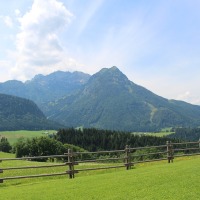 Learning animal behavior can make it a lot easier for ranchers and animal handlers to guide cattle in the desired pasture areas in a stress-free way. Grazing your cattle in rotations on different pastures will allow your pasture grass to grow and recover. We know from our previous blogs that you have to get familiar with your animals before they can fully trust you, and let you into their...
Learning animal behavior can make it a lot easier for ranchers and animal handlers to guide cattle in the desired pasture areas in a stress-free way. Grazing your cattle in rotations on different pastures will allow your pasture grass to grow and recover. We know from our previous blogs that you have to get familiar with your animals before they can fully trust you, and let you into their...

Top 5 Reasons to Eat Grass-Fed Meat
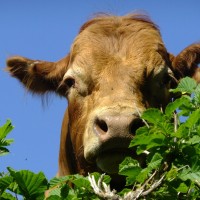 Do we eat grasses? The truth is, we do. We do eat a bit of grass when we eat corn, rice and wheat, all of which are grasses. But actually, what we eat is their seeds, the dense package of complex carbohydrates that is the specialty of annual grasses. Perennial grasses, which are more common, pack a larger proportion of their energy in their roots, stems and leaves; the building block for these...
Do we eat grasses? The truth is, we do. We do eat a bit of grass when we eat corn, rice and wheat, all of which are grasses. But actually, what we eat is their seeds, the dense package of complex carbohydrates that is the specialty of annual grasses. Perennial grasses, which are more common, pack a larger proportion of their energy in their roots, stems and leaves; the building block for these...



Powered by WordPress | Designed by Elegant Themes



